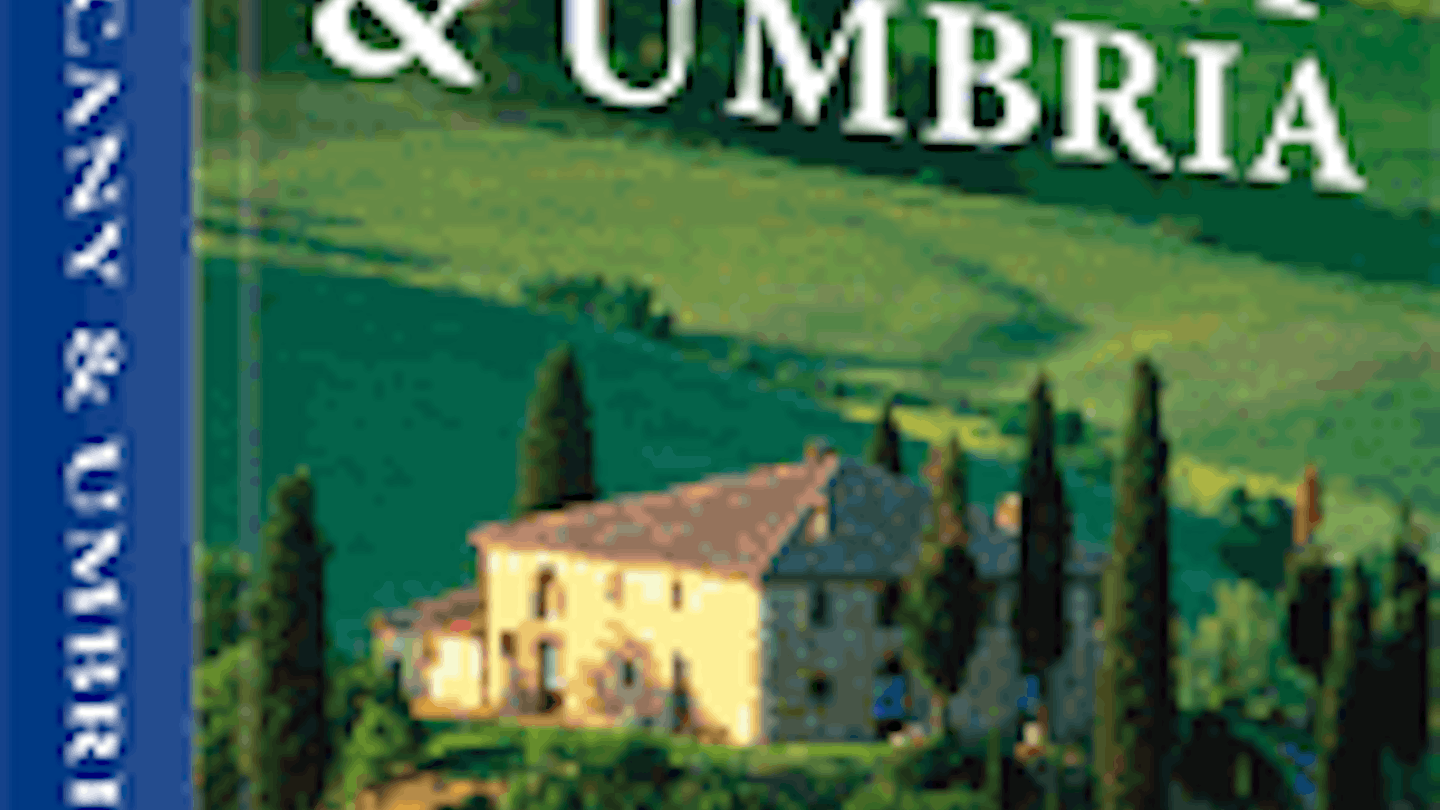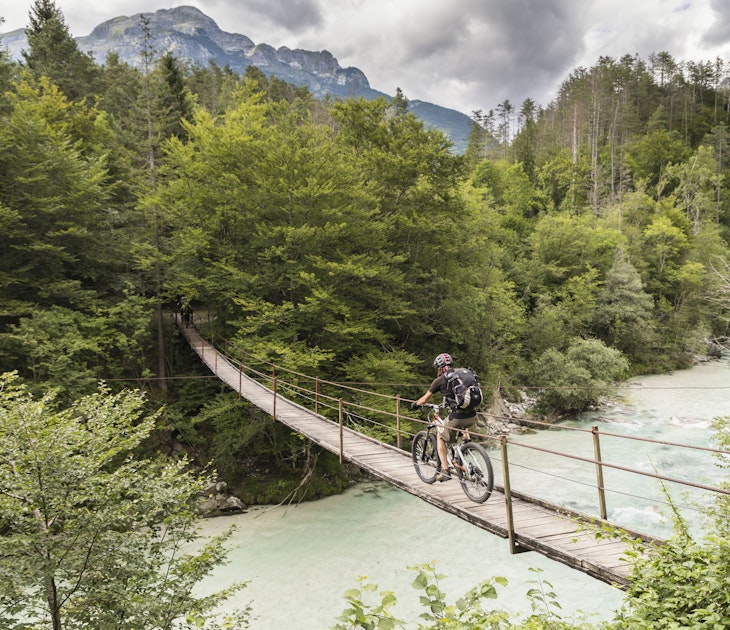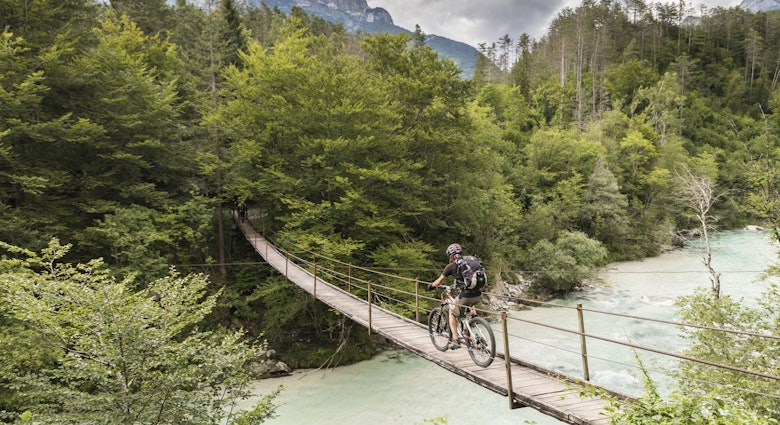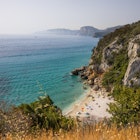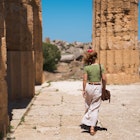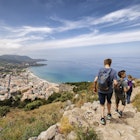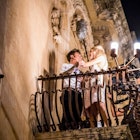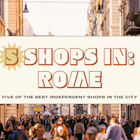Leave Rome its Colosseum, Venice its canals. Let Tuscany have its masterpieces, along with its long lines. Umbria is the slow food, slow travel capital of Italy. It is the Italophile's Italy, the green heart that rolls up its sleeves and gets to work with remaining authentically Italian.
The heavily agricultural region has an impressive share of art and history, but its isolation as a Papal state during the Renaissance means its medieval history has been well preserved. Tourism marketing? No way. Umbrians are too busy lingering over dinner with friends and family, growing organic lentils or strolling through the piazza during the evening's passeggiata for that.
The triumvirate of Umbrian tourism - Assisi, Perugia, Orvieto - sees the majority of international visitors. Even four million sets of modestly covered shoulders can't take away from the tangible feeling of peace that permeates the air over Assisi's Basilica of St Francis. Visiting the dozens of museums, soaking in the university culture in cafes and on the cathedral steps, and wandering through the hilltop cityscape of medieval stone places Perugia (rightly so) on most itineraries. The glow of Orvieto's golden cathedral will make you appreciate a sunset like few other building façades in the world.
However, to see the slow side of Umbria, step off the well-trodden path. With a bit of pre-planning, you can sample traditional fare, find the eco-conscious destinations that only locals know about and bask in the benefits of Umbria’s slow pace.
Hire someone
The downside to a less accessible destination is that it's, well, less accessible. With the money saved from not paying €40 a day to park at a Florentine hotel, hire a guide for a day or join an excursion. Sample some of the region's famed olive oil with a culinary tour, go horseback riding and wine tasting, or spend a day cooking with an agriturismo owner in the hills behind Assisi.
Take a vineyard eco-tour
Although the Fasola Bologna family has owned their land in Perugia for generations, it's only recently that heir Lorenzo has turned Castello Monte Vibiano Vecchio Winery into a zero-emission vineyard and winery, putting in place solar cells, electric-power vehicles and planting around 10,000 trees to lessen damaging carbon dioxide emissions. Plan on spending at least three hours, taking a (free!) tour of the vine- and olive tree-covered hills, and tasting wines in their new Green Wine Bar.
Eat
After you've visited the wine and olive oil museums in tiny Torgiano, head around the bend to Ristorante Siro, where you'll be dining over pink tablecloths with local families. Their bigger-than-your-whole-head antipasti plate gives you a taste of the famed Umbrian salumi and cheeses. Considering their location in the centre of what we like to think of as Umbria's golden parallelogram of wine-growing - the scenic stretch of wildflower- and olive-tree-draped land stretching from Lake Trasimeno in the northwest to Todi and Trevi in the southeast - Siro is an ideal spot to try Umbrian wines.
Where to stay
With almost 200,000 beds available in agriturismos, villas, B&Bs, castles, country houses and converted monasteries and nunneries, there is very little reason to ever book a soulless chain hotel in Umbria. Because of this, 'hotel' restaurants are often some of the best around.
The country house
Did you say you really want to get away from it all? If your idea of heaven is lounging at the pool, strolling through olive orchards and taking cooking classes, visit the Country House Montali, near Lake Trasimeno. Your charming and erudite host, Alberto, and his Brazilian-born wife, Malu, have turned their vegetarian creations into a cookbook, but you can learn here hands on.
The converted monastery
You know what monks were missing four hundred years ago? An in-monastery spa. And a shuttle service so after all that monastic silence, they could pop into town in five minutes. Oh, and perhaps an in-house restaurant with a menu filled with local ingredients and wines. Take part in modern monastic living at the Park Hotel ai Cappuccini outside the city walls of medieval Gubbio, a too-often-missed town in the rugged northeast of the region.
The spa resort
It might not have been St. Francis' pilgrimage route, but you could just about walk to Relais Borgo Brufa from Perugia's airport. If you don't want to drive the 15 minutes to get to one of a dozen hilltop towns or two dozen family-run wineries, savour a slow day under thousands of twinkling lights in the newly remodelled spa or meandering through the outdoor sculpture garden in the hamlet of Brufa. Hey, you're in Umbria. Why hurry?
Getting there
Ryanair flies direct from London Stansted (STN) four to six days a week into the newly renamed San Francesco d'Assisi airport (PEG), located halfway between Perugia and Assisi. All major rental car companies in Italy are represented at both the airport and Perugia's train station.
Eat your way across Italy with our guide to Tuscany & Umbria
